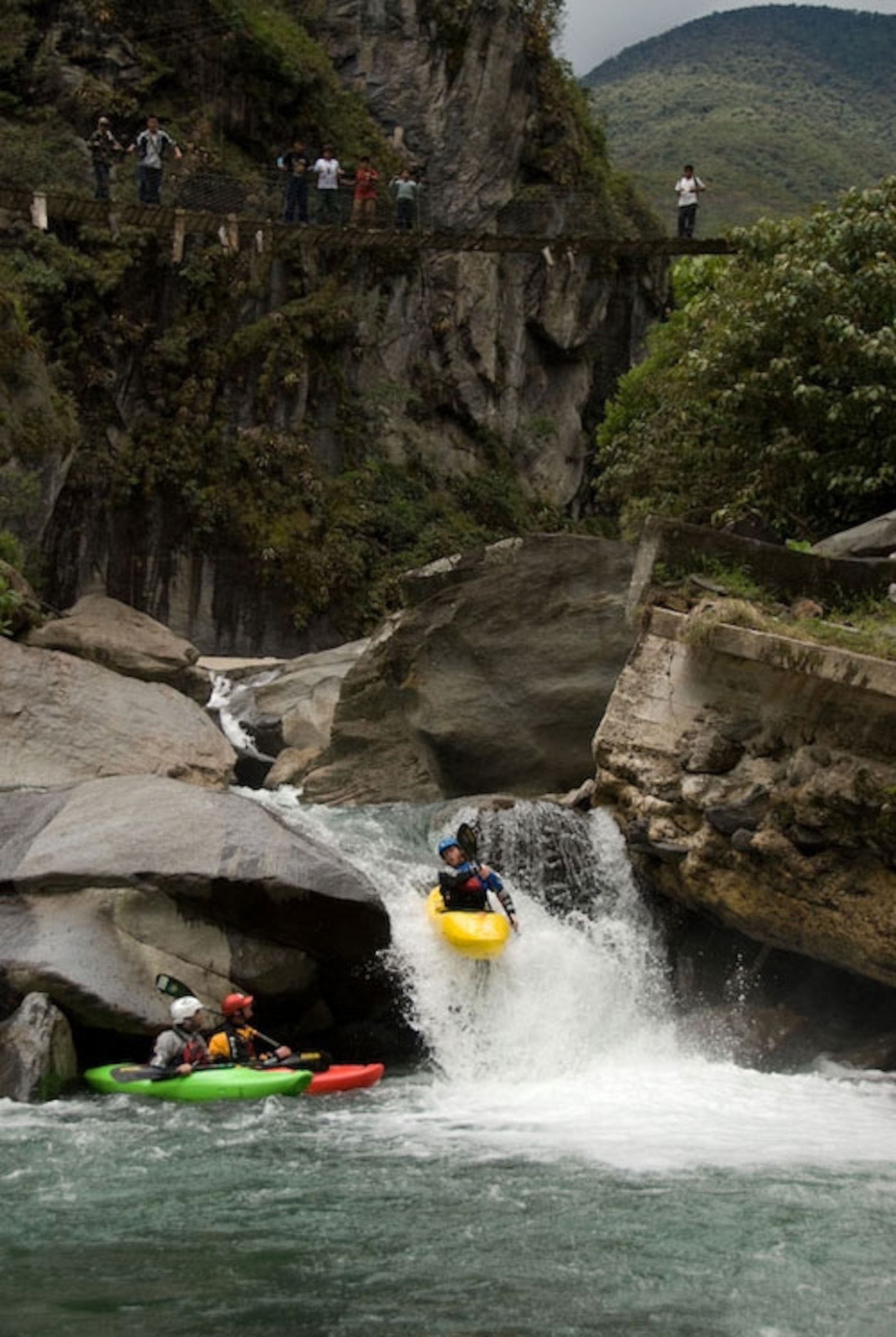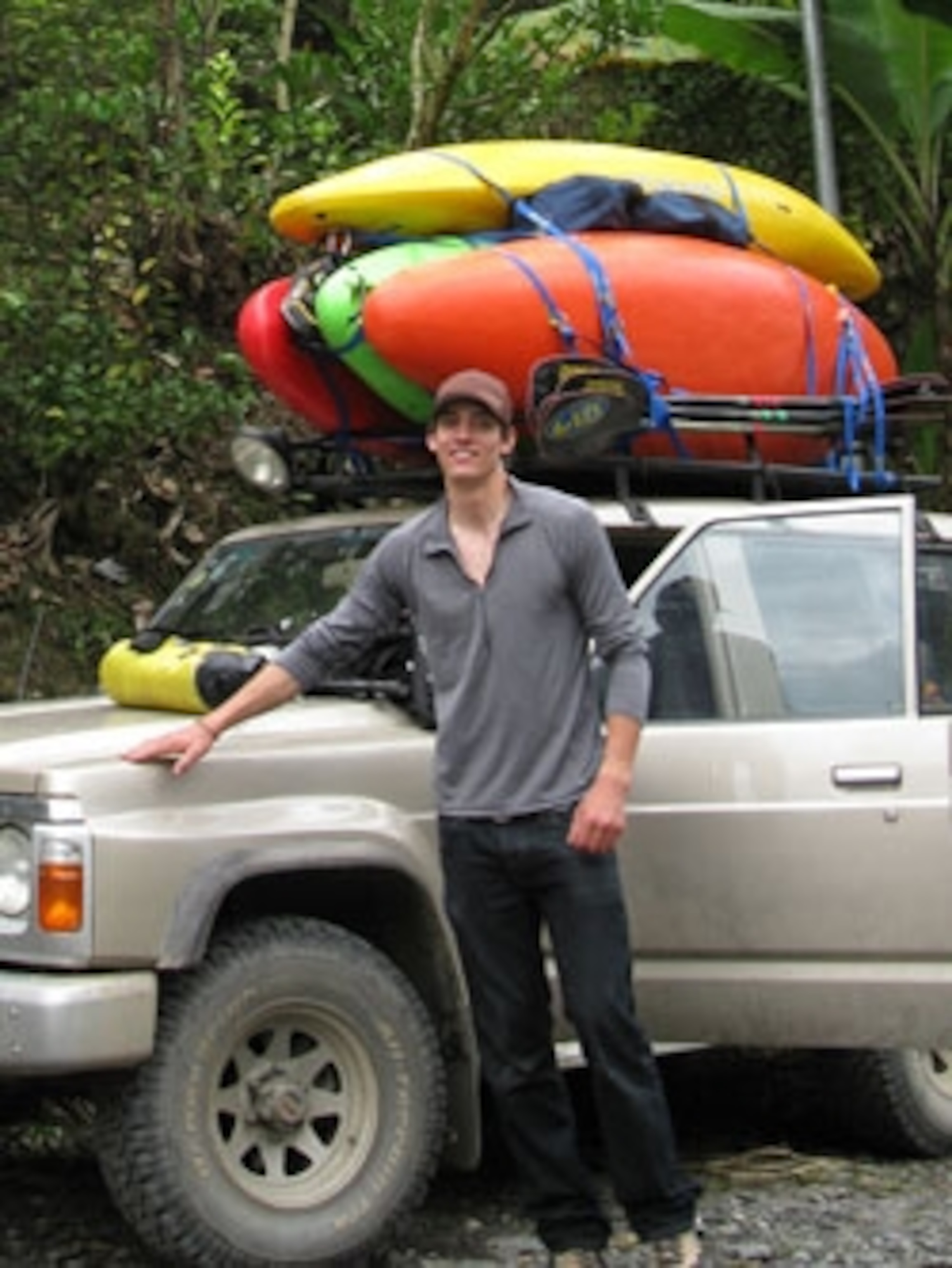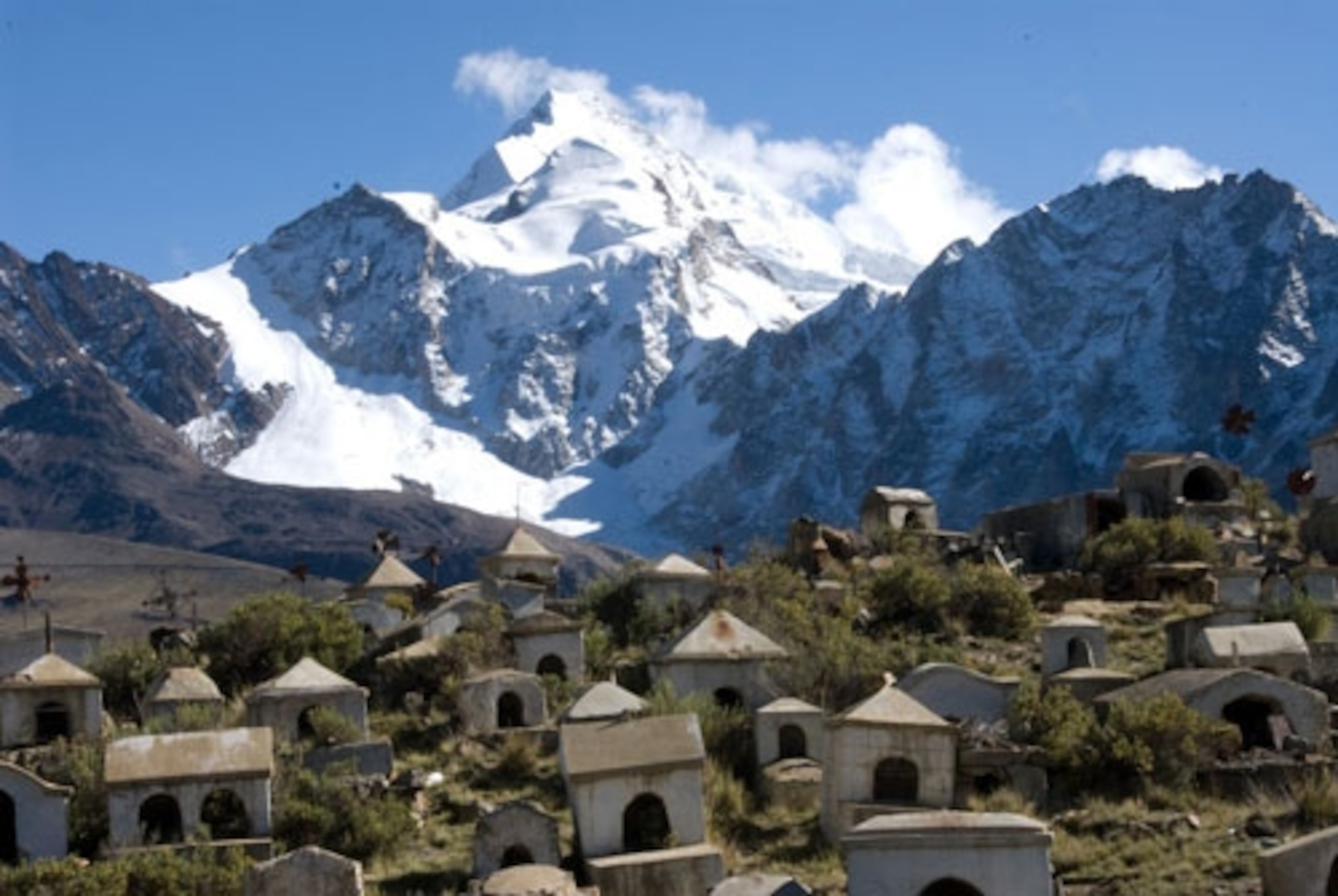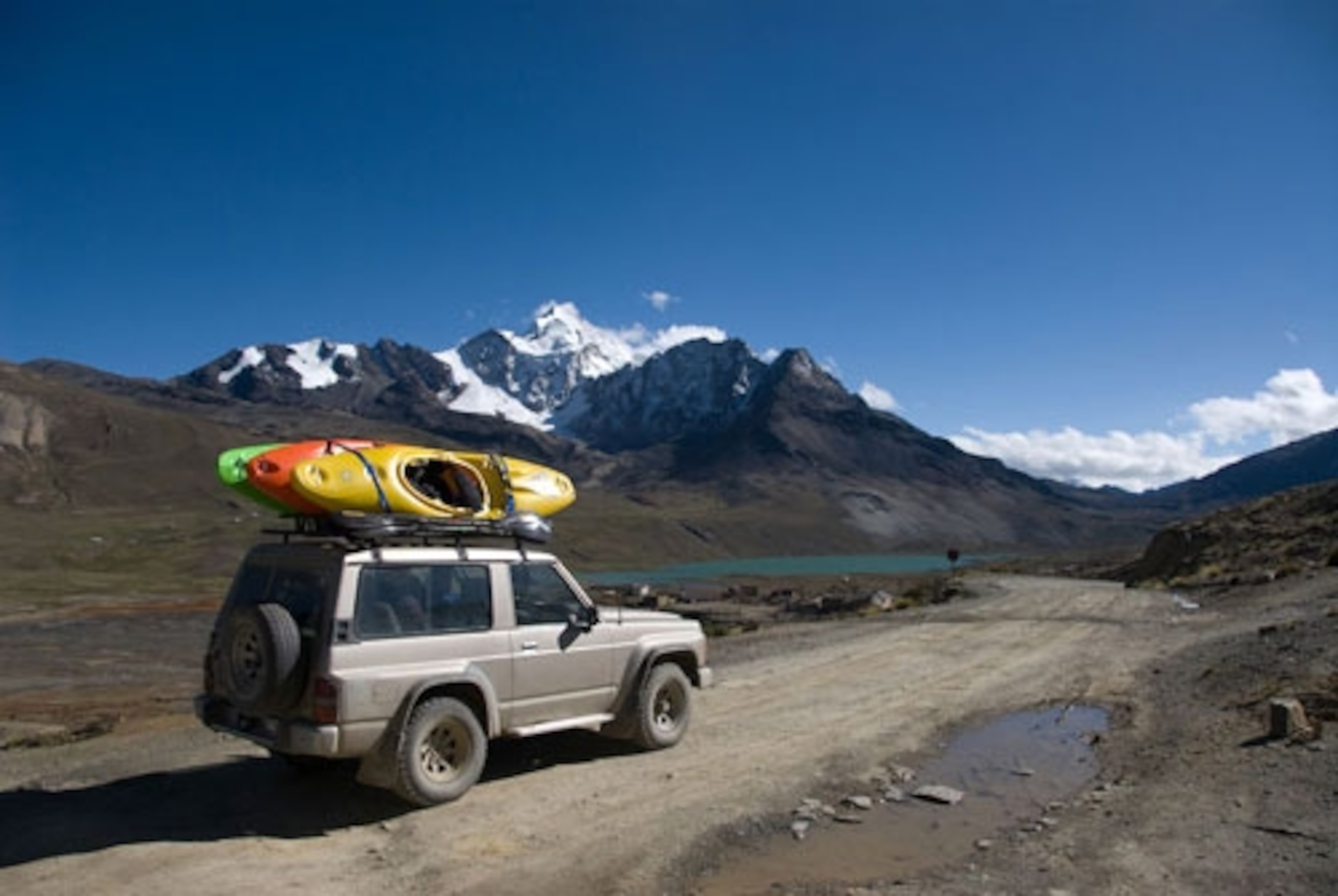
Kayaking Bolivia: Shrinking Glaciers, First Descents, Culture on the Brink

Text and photographs by Andy Maser, a National Geographic Young Explorers grant recipient and Epicocity Project team member
We’ve spent one week in Bolivia now, and already we’ve completed a fantastic first descent, discussed effects of climate change with Bolivia’s chief hydrologist, and partied the night away with locals in La Paz. I’m high in the Bolivian Andes with explorer-filmmaker Trip Jennings on a monthlong expedition that combines elements of adventure, science, and adaptation in an environment on the brink of environmental crisis.
The glaciers perched high atop the 22,000-plus-foot peaks surrounding the Bolivian cities of La Paz and El Alto have followed a natural pattern of growing and shrinking since humans have inhabited the region. This cycle ensures that farmers have water for crops and cities have the water they need to operate. Global climate change has thrown this cycle off, though, and now Bolivia’s glaciers are shrinking much more rapidly than they can regenerate. This is a critically important problem because millions of people depend on meltwater from these glaciers for daily use. Bolivian farmers have already begun to notice that less water is flowing from the mountains—an unfortunate turn of events for a country that produces a comparatively tiny amount of carbon emissions.

Our plan is to head up to the base of the Huayna Potosi glacier with hydrologist Edson Ramirez, where he’s been studying the effects of climate change on Bolivia’s glaciers for more than 20 years. We’ll compare historic photos of the glacier to images we capture now, before making a summit push on the 22,000-foot peak that supplies the cities of La Paz and El Alto with water. We’ll then part ways with Ramirez, load our kayaks on mules, and begin the trek downstream on the opposite side of the pass from the cities. We’ll follow the unexplored Rio Challana downstream until it becomes able to be kayaked, likely at about 6,500 feet, and finish our 13,500 foot descent in the remote jungle town of Guanay. The last phase of the project will take us back to El Alto, where we’ll document the current water situation and speak with community leaders about the future of this high-alpine metropolis.

Last week though, we dropped into the Zongo Valley to see what Bolivian kayaking was all about. We found a great section that had never been paddled and had a great time warming up and unifying as a team before the main phase of the expedition. The Zongo is one drainage basin south of the Challana, so this was also a valuable opportunity to estimate the altitude we might expect to begin paddling next week.

- National Geographic Expeditions
